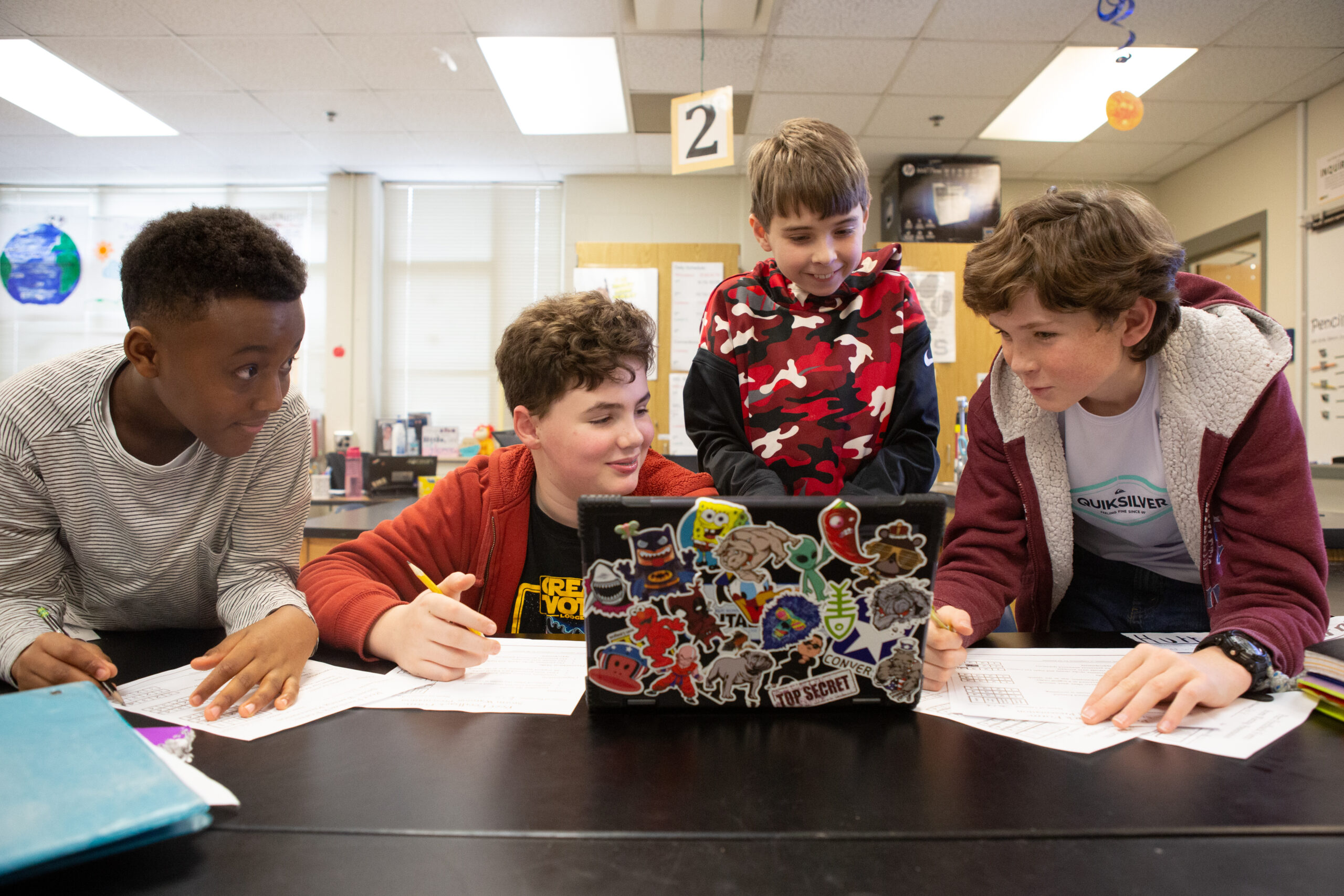Author: Halim Acosta
Key Ideas:
- Improving Student Support with AI: The proposed approach automates recognizing student dialogue acts, such as how knowledgeable they appear to be and group contributions. This enables real-time feedback and personalized support.
- Practical and Scalable Annotation: By leveraging techniques like dual contrastive fine-tuning and label-aware data augmentation, the system makes large-scale analysis of student interactions feasible for educators and researchers.
- Advancing Learning Tools and Research: Insights from automated discourse analysis can inform the design of new technologies that empower educators and researchers to understand group dynamics better and develop strategies to enhance collaboration and learning.
To investigate how students collaborate and build knowledge in group settings, we conducted our study within EcoJourneys, a collaborative, game-based learning environment designed to teach middle school students about ecosystems. In this virtual experience, students worked in teams to uncover the cause of a mysterious illness affecting a fish population on a remote island. Through activities such as gathering information from virtual experts, exploring the island for clues, and discussing their findings in an in-game chat interface, EcoJourneys encouraged meaningful collaboration and problem-solving. This unique setting provided an ideal context for analyzing how students share and negotiate ideas, enabling our research to apply advanced AI techniques to better understand and support these interactions.
Our study explored the use of advanced AI models to automatically recognize the roles and knowledge-sharing patterns in student group chats during collaborative learning. Specifically, we compared two state-of-the-art language models, BERT and T5, with traditional machine learning methods.
| Traditional Machine Learning Methods | BERT and T5 |
| Rely on manually created features | Use deep learning to understand context |
| Find meaning behind student conversations | |
| Reframes dialogue into text-to-text formats |
To further improve its accuracy, we applied a method called dual contrastive learning combined with label-aware data augmentation, which enhances the model’s ability to distinguish between different dialogue roles by refining its understanding of how context and meaning relate to specific dialogue labels. This innovative approach reduces the need for manual input, making it a powerful tool for understanding and supporting student collaboration at scale.
Our study demonstrates how advanced AI models, particularly T5 enhanced with innovative techniques, can transform the analysis of collaborative student dialogue. These models provide real-time, actionable insights into group dynamics and learning behaviors by automating the recognition of dialogue acts, such as knowledge sharing and negotiation. This reduces the burden of manual annotation and paves the way for scalable, personalized support in educational settings. The potential applications—from virtual teaching assistants to adaptive learning technologies—highlight how AI can empower educators and researchers to enhance collaboration, engagement, and overall learning outcomes. Our work underscores the importance of integrating cutting-edge AI solutions into educational research to create more effective and impactful learning environments.
To learn about the research taking place at EngageAI, explore our projects, and subscribe to our newsletter!

